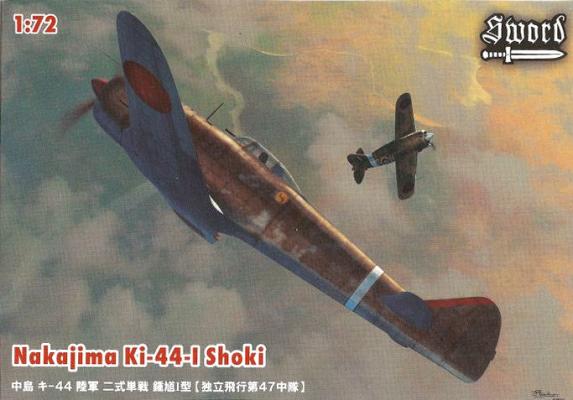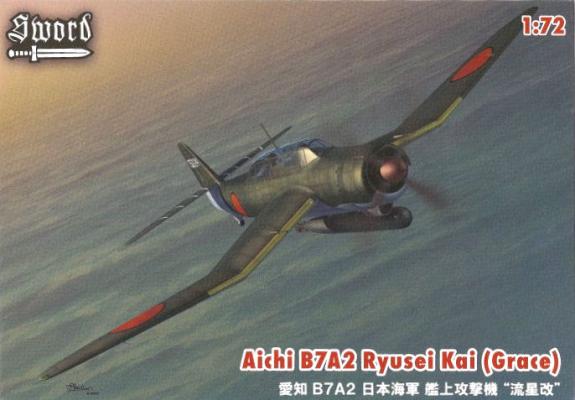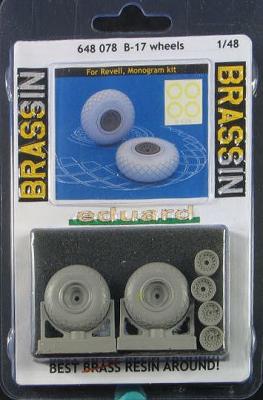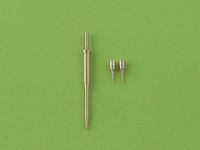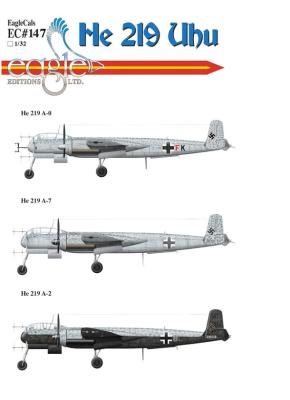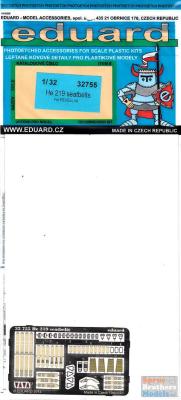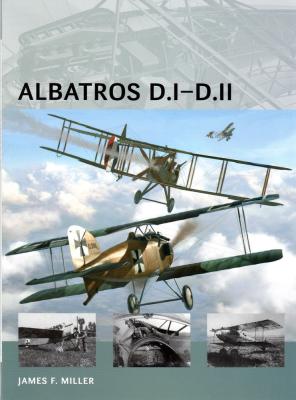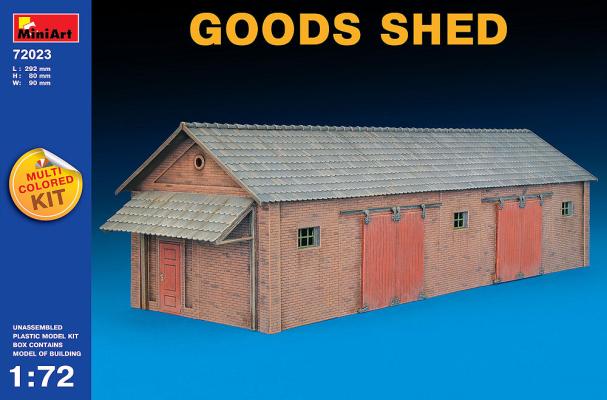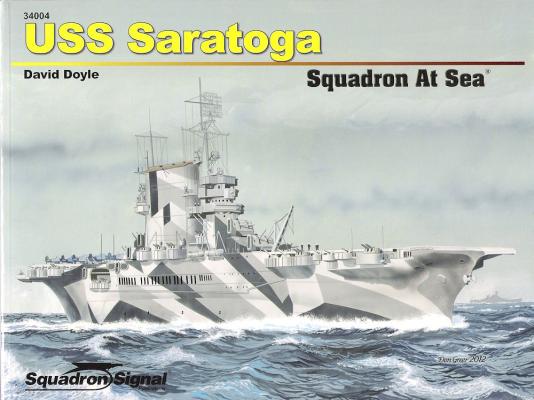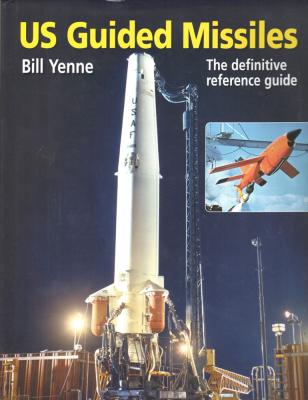History
The Nakajima Ki-44 “Shoki”, code named “Tojo” by Allied intelligence during World War II, was rather unusual by Japanese standards, since it violated the traditional Japanese design emphasis on maneuverability at the expense of nearly every other performance attribute. Appearing shortly after the Ki-43 “Oscar”, the Ki-44 stressed speed, heavier armament, and rate of climb over other factors, and was intended as a high speed interceptor. The first flight was in 1940, and by 1941 several prototypes had been tested, these eventually being sent to China and later Southeast Asia for combat evaluation. Initial response by Japanese Army pilots was negative, but after they became familiar with the type, they achieved some successes, resulting in further production of the type. Production models were equipped with more powerful engines, and the type entered service as the Type 2 Single Seat Fighter, Model 2, or Ki-44-II Otsu, with four 12.7 mm machine guns.

